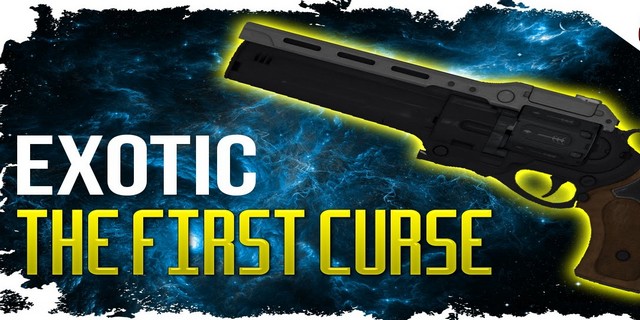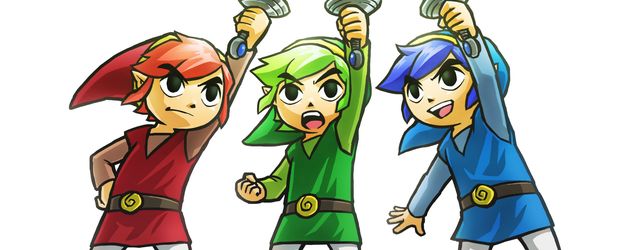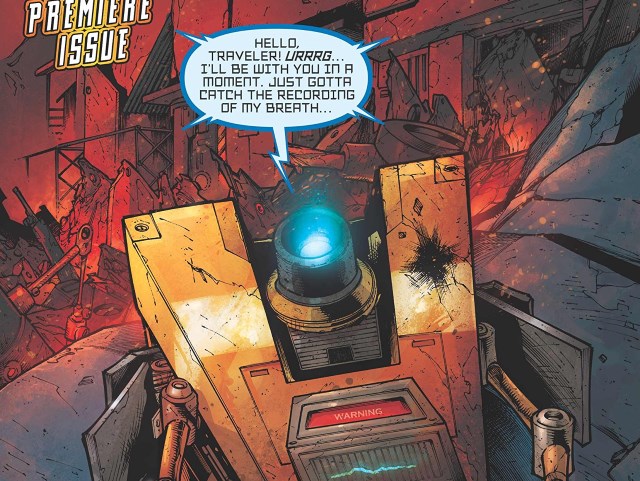

'Noirror', or ‘hoir’, is a compound word we’ve just made up to elegantly and brilliantly describe White Night, an eerie third-person mystery awkwardly mixing style with scares. It begins when our fedora-wearing hero smacks a spirit lady with his car. Himself injured in the crash, he staggers to a Bates-esque mansion looking for answers, but wouldn’t you know it, all he finds are more questions! Questions such as, ‘Who scattered these diary pages everywhere?’ and, ‘Why don’t I just jump out a window and go to a bloody hospital?’
What starts as Sunset Boulevard soon turns into Paranormal Activity as flickering figures stalk and clutch from shadows. It’s impossible to be scared by them, because getting close triggers a Scooby Doo running animation which makes your character look as if he’s trying to shake an angry wasp. These phantoms don’t use psychological torment or telekinesis or anything like that, but the rather route-one approach of slapping you until you die. Honestly, who gets beaten up by a ghost? Indeed, White Night is full of things that don’t make much sense. To save, for instance, you have to find and sit in an armchair, head in hand – but this only works in a particular type of armchair. Fancy a quick breather on the sofa? Forget about it.
White Night’s central light/dark system is full of holes, too. The mansion’s colony of staticky spirits are vanquished by light, unable to stand the heat of a well-lit rumpus room, yet they have no qualms attacking even if you’ve got a flaming matchstick in your hand. Having to strike a match every 30 seconds in order to navigate the almost entirely pitch-black abode gets old fast, and when you run out – which is often – you might as well reload your save, since your character refuses to interact with the environment without one. “Oh, I better be careful on these stairs,” he pouts. One early puzzle involves searching the house for two planks of wood to light a fireplace, which reveals a chest you could already see.
Although inconsistent, the game’s undoubtedly striking. Fixed camera angles are beautifully composed, framing the action from Hitchcockian angles, yet in the tight confines of the mansion quick cuts disorientate. The effect is aggravated by wandering ghouls – who are incredibly difficult to see, let alone outmanoeuvre – and the real kicker is the lack of checkpoints, which can lead to you losing 30 minutes of progress because you forgot to sit in a chair.
The writing, though sometimes evocative, is the worst offender. “The corrupt smell of illegality, poverty and solitude,” remarks our eloquent protagonist upon examining a nondescript table. Look through an open window and he'll say, “I was breathing with delight,” or, “I had the feeling I could see the lights of my car.” At one point the game rather anachronistically advises that, “Despite the pain, using THE LEFT STICK TO WALK was still possible.”
Background story details are haphazardly communicated, too. Interacting with the environment throws up recipes for Tahitian fish, reviews of Norwegian lounge singers, maudlin poems about Boston, 19th-century newspaper clippings, rambling diary entries and sepia-toned pictures of bearded men looking surly. There’s simply too much stuff, and you’re never given a good enough reason to care about any of it.
While conceptually commendable, White Night is a contradiction. It's horror that’s not scary. Noir lacking substance. It takes itself seriously, yet contains moments of pure, unintended hilarity. The visuals are bold and the style beautiful, but that's not enough. As it happens, it really doesn’t matter if you’re black and white.




 FIFA 16: Unlock secret clubs - Adidas / MLS All-Star teams
FIFA 16: Unlock secret clubs - Adidas / MLS All-Star teams Ashes Cricket 2013 Wiki: Everything you need to know about the game .
Ashes Cricket 2013 Wiki: Everything you need to know about the game . The Legend of Zelda - Tri Force Heroes tips
The Legend of Zelda - Tri Force Heroes tips Top 10 Best RPGs for Xbox 360
Top 10 Best RPGs for Xbox 360 9 Video Game Themed Comics Books You Should Read
9 Video Game Themed Comics Books You Should Read